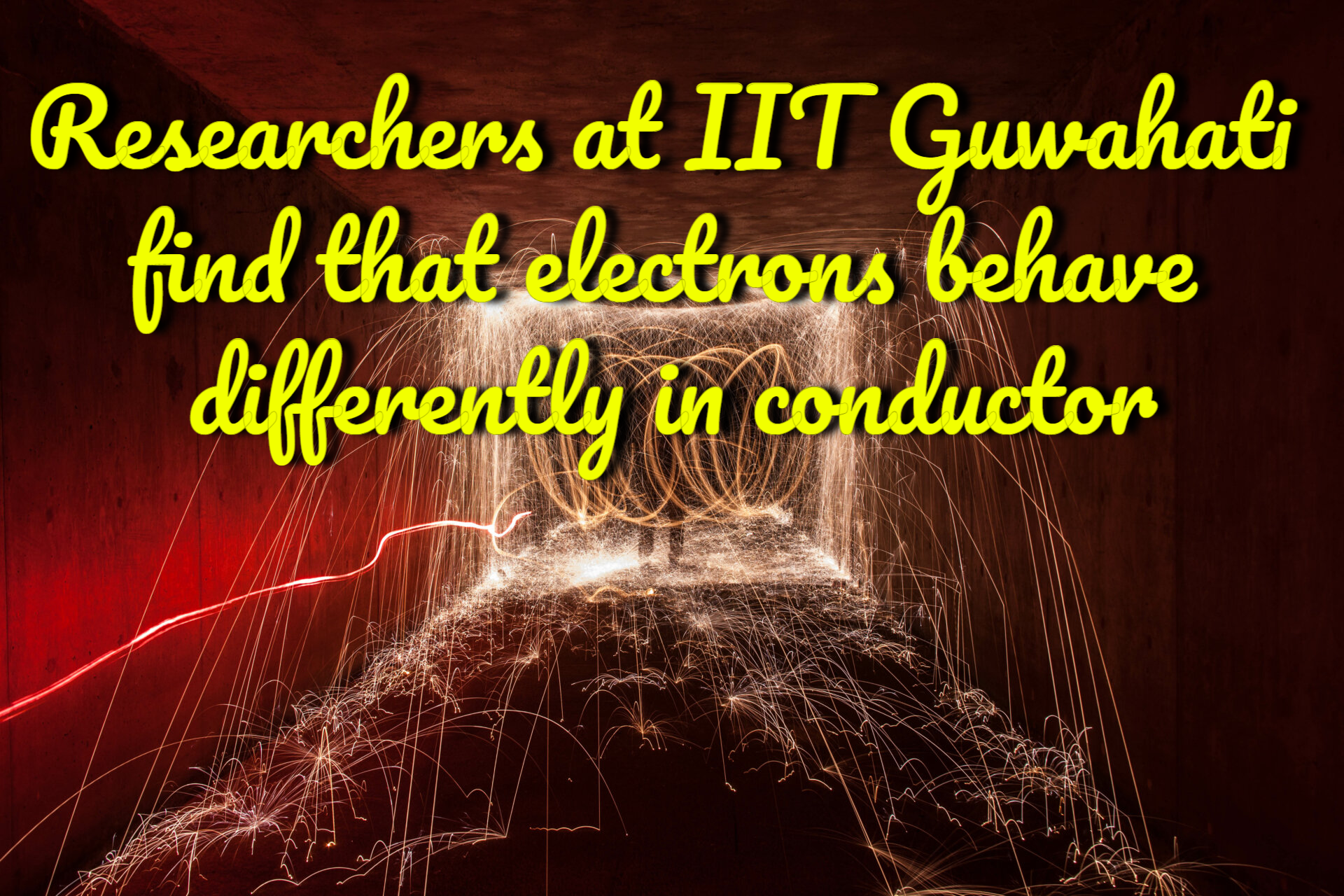IIT Guwahati researchers discovered that the conductivity of electrons in solid materials exhibits a phenomenon known as electrical conductivity. Scientists have reported their findings in the prestigious peer-reviewed journal Physical Review Letters. There will be ramifications for future technological breakthroughs based on the findings.
Key Highlights
- Electrical conductivity in solids has been recognized by researchers at the Indian Institute of Technology (IIT), Guwahati, as a phenomenon.
- Scientists have reported their findings in the prestigious peer-reviewed journal Physical Review Letters.
- There will be ramifications for future technological breakthroughs based on the findings.
- The research will open up a new channel for research to understand electrons’ conducting capabilities.
New Delhi: Electrical conductivity in solids has been recognized by researchers at the Indian Institute of Technology (IIT), Guwahati, as a phenomenon. IIT Guwahati Department of Physics Professor Saurabh Basu, IIT Guwahati Assistant Professor Tapan Mishra, and IIT Guwahati Ph.D. Scholar Shilpi Roy collaborated on the study.
Scientific journal Physical Review Letters reported this conclusion after it went through a rigorous peer-review process.
Prof Saurabh Basu, Department of Physics, IIT Guwahati, highlighted the unique aspects of this research by saying, “In our studies, we have shown that by invoking fully quantum mechanical theory for the electron that in a very special situation, once the current stops it can be resumed again, i.e. if the conditions regulating the properties of the barricade and that of the wire are carefully tuned.”
As students learn in science textbooks, atoms are the building units of matter, and electrons are key components of atoms. The movement of electrons is what causes an electric current to flow through a conductor. It’s impossible to block the flow of electrons once you place an impediment in their way, such as cutting a copper wire in two and then reconnecting it with a plastic insulator piece in between.
There was a time when it was assumed that the wire would no longer carry current. Due to the plastic acting as a barrier to further electron propagation, they cannot.
According to Dr. Tapan Mishra, an Associate Professor at IIT Guwahati’s Department of Physics, the physical features of the re-entrant regime demand further study since they could lead to exciting results in the future and have ramifications for a wide range of technologies. Our discovery addresses a fundamental problem of today’s importance. This will open up a new channel for research to understand electrons’ conducting capabilities, which were previously assumed to be unique in nature.





